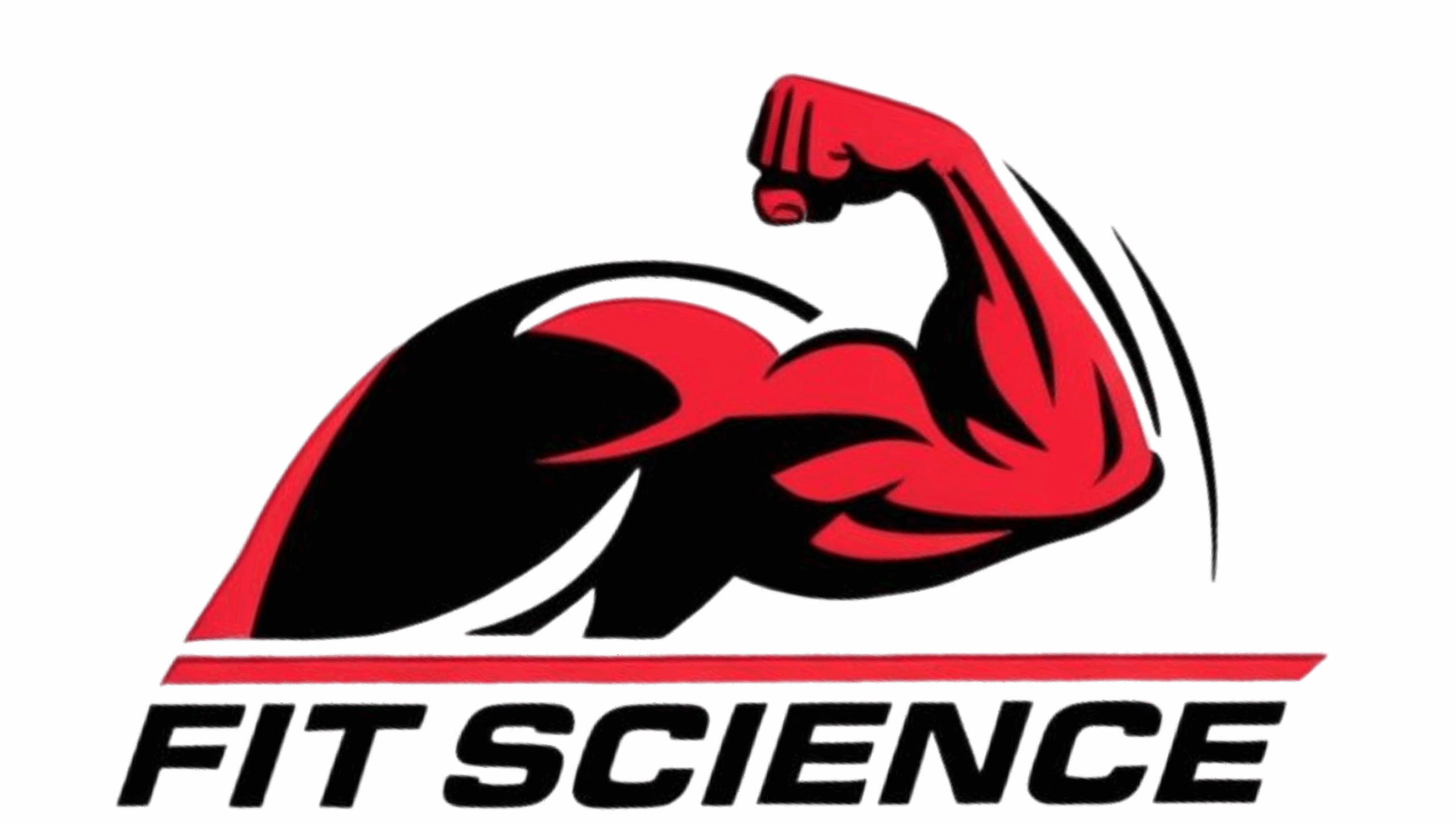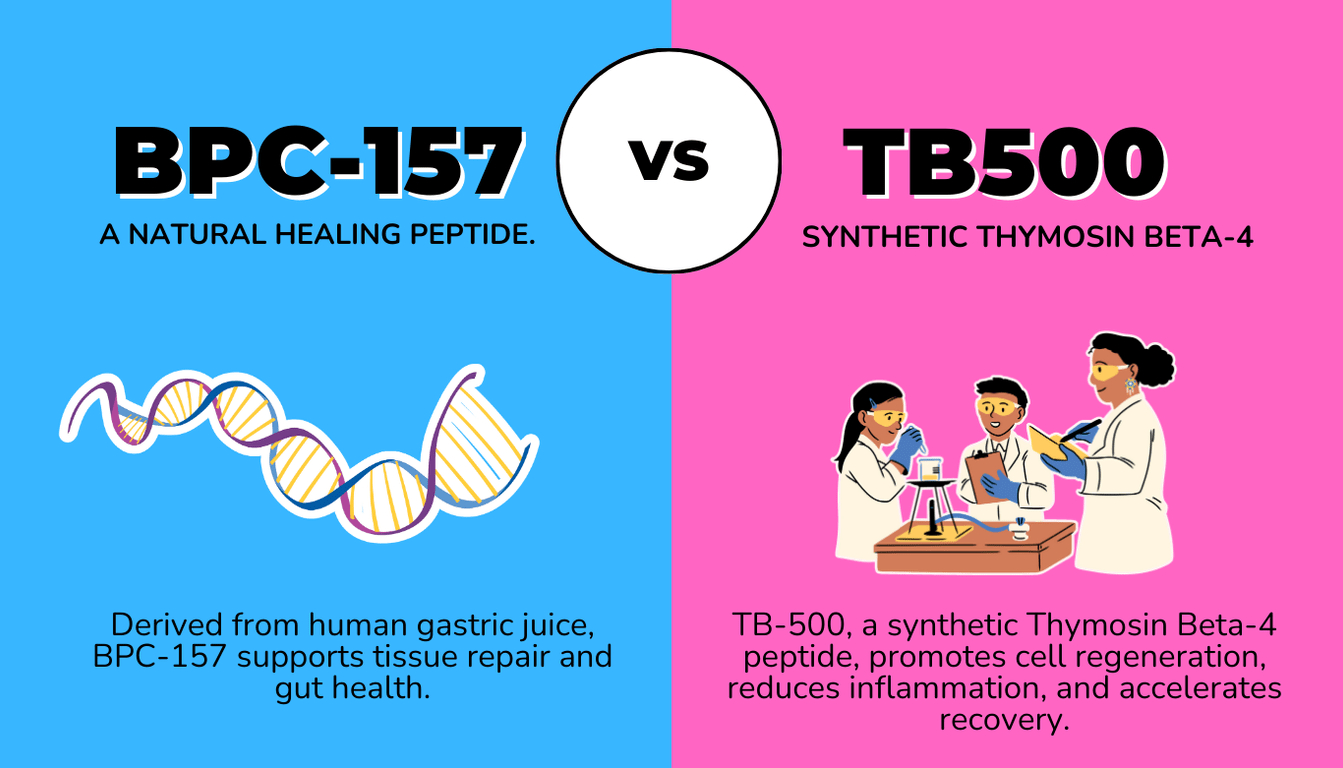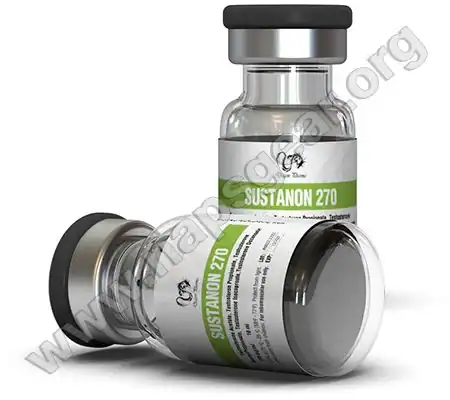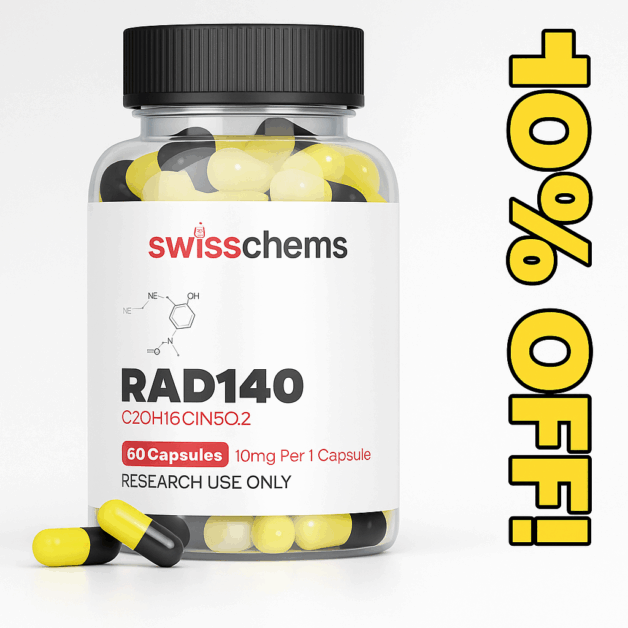What’s better BPC 157 or TB 500 is one of the most debated questions in the modern peptide world. Both are widely used by athletes, lifters, and people dealing with chronic injuries. Both have strong reputations for recovery, healing, and soft tissue support. Yet they work very differently, and the best choice depends on the specific injury, the timeline, and the training demands. This article breaks down the differences in plain language so readers can understand real world results, research backgrounds, and practical use cases. It is written to be fully human in style and SEO optimized for people searching for what’s better, BPC 157 or TB 500.
People ask what’s better, BPC 157 or TB 500 because these two peptides dominate the injury recovery category. They appear in podcasts, Reddit logs, bodybuilding forums, and health optimization groups. They are often used together, but they do not do the same thing. Understanding the difference makes it easier to select the right one for the right situation.
BPC 157 comes from a naturally occurring gastric protein inside the stomach. It repairs the gut lining, protects tissue from damage, and signals healing at a cellular level. TB 500 is a synthetic version of Thymosin beta 4, which regulates cell migration and orchestrates how tissues repair themselves. BPC 157 works locally at the injury site. TB 500 works systemically across the body. These differences influence everything from injection technique to expected recovery speed.
The first major factor when asking what’s better BPC 157 or TB 500 is the type of injury. BPC 157 is widely used for tendon and ligament damage. These structures heal slowly and often respond poorly to standard rest and physical therapy. BPC 157 improves blood flow, enhances fibroblast activity, and accelerates collagen repair. It is highly targeted, which is why people inject it near the injured site. Individuals with elbow tendinitis, patellar pain, rotator cuff irritation, or Achilles issues frequently report faster progress when using BPC 157. They describe less pain, more stability, and faster return to training. Anecdotal reports are strong, and many lifters rely on BPC 157 as their first choice for connective tissue injuries.
TB 500 shines in larger injuries where the entire region needs support. Athletes use it for muscle tears, broad inflammation, post surgical recovery, and systemic overuse. It improves cellular movement, increases angiogenesis, and enhances whole body healing capacity. TB 500 does not need to be injected near the injury because it works throughout the system. People experiencing diffuse soreness, multi site injuries, or deep muscular strains often prefer TB 500. They claim that TB 500 gives their entire body a more robust ability to recover between intense training sessions. This systemic effect is what separates it from BPC 157.
The timing also influences the answer to what’s better, BPC 157 or TB 500. BPC 157 tends to work faster for localized pain relief. People with a fresh tendon strain often feel improvement within one to two weeks. TB 500 takes longer to build up in the system. Many users run it for four to eight weeks to get full benefits. BPC 157 is often chosen when someone needs quick relief or cannot afford to pause training. TB 500 is chosen for bigger projects such as recovering after a major tear, preparing for a competitive season, or handling a high workload that demands deep systemic recovery.
When comparing what’s better, BPC 157 or TB 500, dosage patterns matter. BPC 157 is frequently used at 250 to 500 micrograms per day near the injury site. Athletes often split doses to maintain localized activity. TB 500 is usually used at two to five milligrams weekly during loading phases. The dosing differences reflect their biology. BPC 157 acts directly on the injured tissue. TB 500 increases healing capacity across the entire body. Both are generally easy to tolerate, though individual results vary.
Real world outcomes strongly influence how people answer what’s better, BPC 157 or TB 500. In online communities, many athletes rank BPC 157 as superior for nagging tendon issues that refuse to heal. They describe cases where chronic elbow tendinitis finally resolved. Others mention long standing knee irritation disappearing after two weeks of consistent dosing. The results are often described as obvious and reliable. This is why BPC 157 has built a reputation as one of the most effective peptides for soft tissue repair.
TB 500 receives its strongest praise from athletes recovering from more serious injuries. People with hamstring tears, major quad pulls, or shoulder strains often report that TB 500 helps them regain mobility and regain function much faster than expected. It is also commonly used by endurance athletes, grapplers, and high volume bodybuilders who need their entire body to handle extreme workloads. The systemic nature of TB 500 is what makes it valuable in these scenarios.
A common approach among experienced athletes involves combining the two. They use BPC 157 to target the exact injury and add TB 500 to support overall healing. This combination is considered by many to be the gold standard for injury recovery. It allows targeted tissue repair and systemic support at the same time. However, not everyone needs both. Many people recover fully using only one peptide.
Another factor people consider when asking what’s better, BPC 157 or TB 500 is the severity of the injury. For mild injuries such as overuse tendinitis or early stage inflammation, BPC 157 is often enough. For moderate to severe injuries, especially muscle tears or multi site issues, TB 500 is usually favored. People who push heavy weights or compete at high levels often choose TB 500 to stay resilient during peak training phases.
What’s better, BPC 157 or TB 500 also depends on long term goals. If the priority is day to day injury control, BPC 157 may be better. If the priority is rebuilding tissue quality, repairing multiple problem areas, or preventing future breakdown, TB 500 may deliver more value. Some lifters use TB 500 for structural integrity during off season training. They believe it helps keep their bodies balanced and prepared for heavier workloads.
Side effects and safety also matter. Reports of negative effects are rare with both peptides, but there are differences. BPC 157 can cause mild injection site irritation for some users. TB 500 can sometimes cause fatigue or lethargy in sensitive individuals during loading phases. These effects are usually temporary and dose dependent. The overall safety reputation of both peptides is strong in the performance community, although medical oversight is always recommended for best practices.
Finally, cost influences which peptide people choose. BPC 157 is usually more affordable and is used more frequently by recreational lifters. TB 500 can be more expensive, especially when running higher doses for several weeks. People who need a budget friendly solution to a chronic tendon injury often choose BPC 157 first. Those who want full spectrum recovery or have multiple injuries sometimes invest in TB 500 because they get broader benefits.
So what is better, BPC 157 or TB 500? The real answer depends entirely on the injury, the goals, the timeline, and the training demands. BPC 157 is better for targeted tendon and ligament injuries, fast pain reduction, and localized healing. TB 500 is better for muscle tears, system wide recovery, and deeper structural repair. Both have strong reputations and both deliver meaningful results when used properly.
If someone needs precision and rapid tissue repair in a specific spot, BPC 157 is the best choice. If someone needs broad healing, improved recovery capacity, or support during intense training, TB 500 becomes the stronger option. Many athletes choose to use both because they complement each other. Together they provide targeted and systemic support that accelerates recovery, reduces downtime, and keeps the body moving at a higher level.
What’s better, BPC 157 or TB 500 continues to be a major search topic because both peptides have proven themselves in the real world. They help athletes avoid surgery, recover from injuries that would normally end training cycles, and maintain long term performance. While not a replacement for proper training, rest, or medical care, these peptides provide powerful tools for anyone who wants to stay healthy, mobile, and strong.











